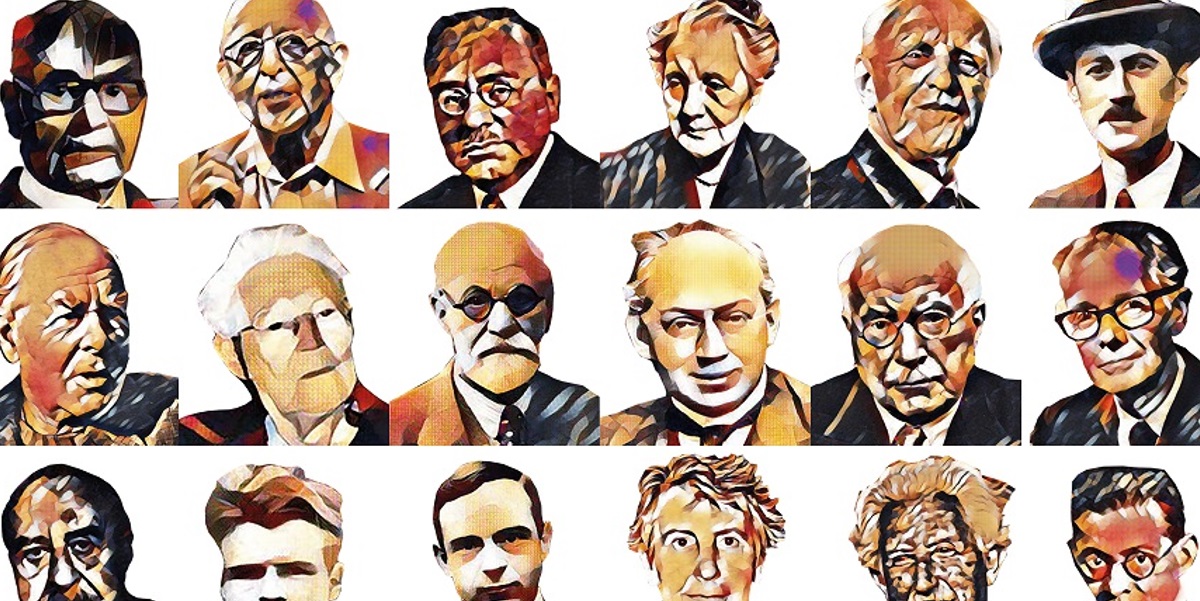Book Review by Lettica Banton, TR Together
In the introduction of The Analyst’s Torment, Dhwani Shah pays tribute to George Atwood, his first psychology professor. Atwood’s career-long influence on Shah seems to provide inspiration for this thought-provoking and highly readable new book. Together with Robert Storolow, Atwood is perhaps best known for introducing the concept of ‘intersubjectivity’ to psychoanalysis. Intersubjectivity explores how interactions between the client/therapist cannot be separated from each other but unfold in a process of mutual influence (Stolorow and Atwood, 1984). The Analysts’ Torment takes the concept of intersubjectivity and illustrates how it informs the therapeutic process through a series of themed chapters on ‘unbearable’ affective states in the co-created space between therapist and client: Arrogance, Racism, Dread, Erotic Dread, Dissociation, Shame, Hopelessness and Jealousy. In each chapter, Shah offers precise theoretical summaries and personal reflexivity, as well as thoughtful clinical vignettes from his extensive career as a psychiatrist and psychoanalyst.
Taking the chapter on Shame as an example, Shah posits how shame “lies uncomfortably close to the core of psychoanalysis” as an asymmetrical power dynamic means that the client shares intimate details with someone who is not reciprocating. While trying to attune to the client, the therapist’s very presence – their gaze, their body language, tone of voice – may convey judgement to the client at their vulnerable moment, evoking shame in the client, as well as in the therapist for their failure to connect. Shah cites well-known theorists on shame (e.g. DeYoung, 2015, Adelman, 2016) to suggest that facing “this unbearable emotion” through collaborative curiosity and compassion can help recover empathic immersion. Throughout the chapter, Shah also provides brief but illuminating vignettes on how shame has entered his therapy room, and how he has navigated the intersubjective process.
The book really comes to life when Shah offers personal reflexivity on the therapeutic process through clinical vignettes. For example, in the Racism chapter, Shah starts by recalling a moment when he was racially assaulted outside the consulting room, which seemed to be re-enacted in a parallel process with a client, inside the consulting room, shortly after. The client admitted racist feelings toward Shah while simultaneously reprimanding herself for being so hateful. Shah offers valuable and courageous insight into his countertransference response of anger and pain. He also helps the reader to understand how he skilfully navigated this racist episode on a personal and professional level, while remaining in intersubjective contact with the client, rather than moving into impasse.
Written in a clear, digestible style, I read the book from start to finish, underlining points that really resonated. I can see myself regularly returning to specific chapters when an ‘unbearable state’ emerges in my client work, for both theoretical and skills-based ideas on how to navigate a complex intersubjective process. Overall, I found the book to be a helpful reminder that often as ‘wounded-healers’ working in the profession, how we respond to clients can be deeply intwined in our personal histories. Therefore, ongoing and honest self-reflection alongside one’s own analysis can be as important for making sense of the unfolding intersubjective process as analysing the client’s inner world.
Dhwani Shah will be speaking about The Analyst’s Torment as part of the Karnac Book Series at TR Together on Monday 4 March. Book your tickets here: https://trtogether.com/events/the-analysts-torment
